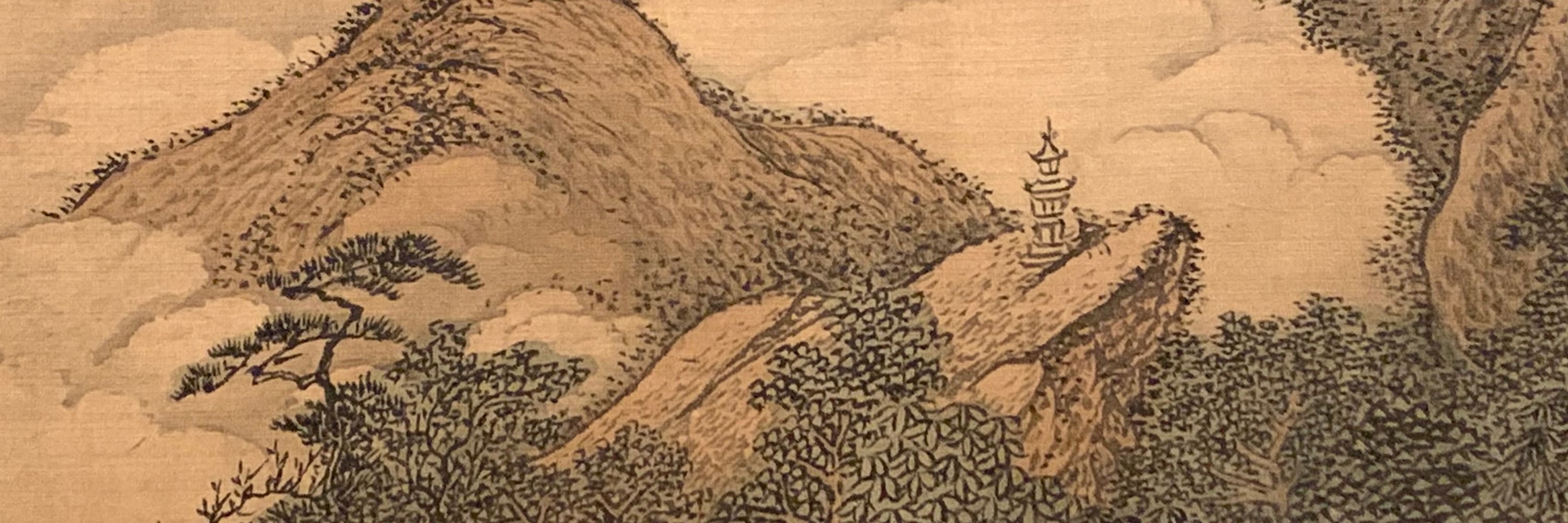Kate Lingley 龍梅若
Art historian of medieval China; Assoc Prof, UH Mānoa. Feminist; foodie; early-music nerd; Jewish mother; SF/F fan; knitter; Maine native. She/her. Buddhist monuments and women's history in early medieval China. IG @kate.lingley for lace knitting etc
